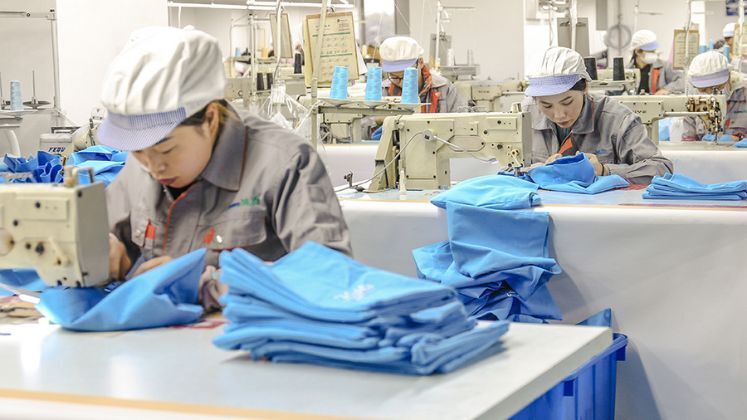
Vietnam’s textile and garment industry recorded export earnings of over US $ 17.58 billion in the first five months of 2025—a year-on-year rise of 9 per cent—despite lingering global uncertainties and sluggish demand recovery. According to the Vietnam Textile and Apparel Association (VITAS), imports for the same period stood at US $ 10.63 billion, leaving the sector with a trade surplus of US $ 6.95 billion.
Trương Văn Cẩm, VITAS vice chairman and general secretary, acknowledged the persistent challenges confronting the industry, including geopolitical instability and a cautious global consumption rebound. Nonetheless, he highlighted that many domestic firms have demonstrated resilience by stabilising production, enhancing operations, and targeting niche markets to unlock new avenues for growth.
Cẩm also cautioned that shifting US tariff policies present both risks and opportunities for Vietnamese exporters. He encouraged businesses to diversify their market base, particularly tapping into underexplored destinations with strong growth potential.
According to Cẩm, “recent cross-country industry comparison covering Bangladesh, Cambodia, Laos, Nepal, China, and Vietnam” proves that Vietnamese textile products performed on top on most indicators except in only a few aspects where they lost to China. This, he says, “reflects a growing position for Vietnam in the mid- to high-end segment of global textile and apparel value chains.”.
But he cautioned that Vietnam’s limited grip on raw material sources remains a chokepoint. This bottleneck not only impedes traceability—a growing necessity for obtaining preferential trade conditions—but also stifles design innovation, hence blunting the nation’s competitive advantage in foreign markets.
Adding a geopolitical dimension, Vietnamese Ambassador to Russia, Đặng Minh Khôi, underscored growing trade prospects with Moscow. Citing Russia’s position as the world’s fourth-largest economy by purchasing power parity and its affinity for Vietnamese-made apparel, he urged Vietnamese businesses to proactively pursue deeper engagement in the Russian market.
While Vietnam’s textile exports to Russia have expanded significantly in recent years, economists point out that the country’s overall share in the Russian garment market remains relatively small—suggesting ample room for future collaboration and growth.






